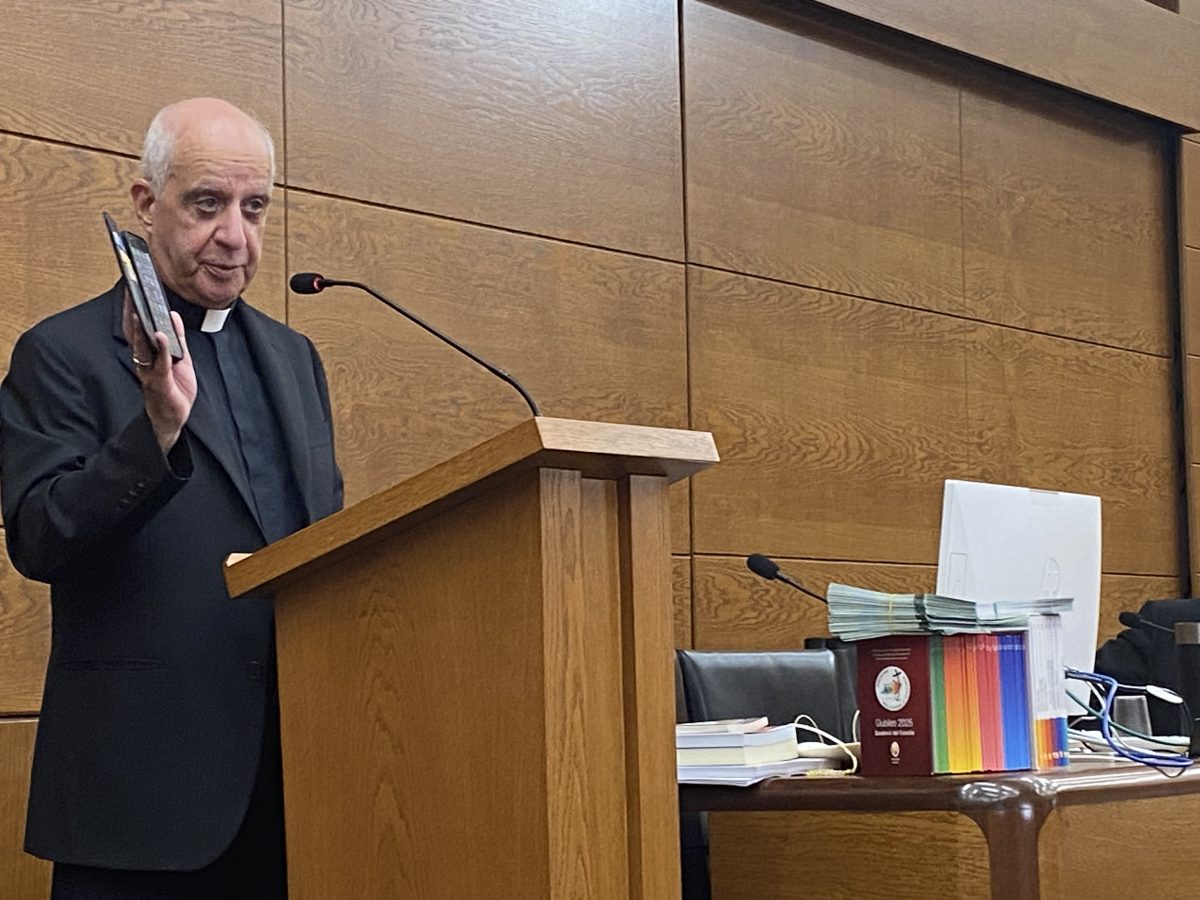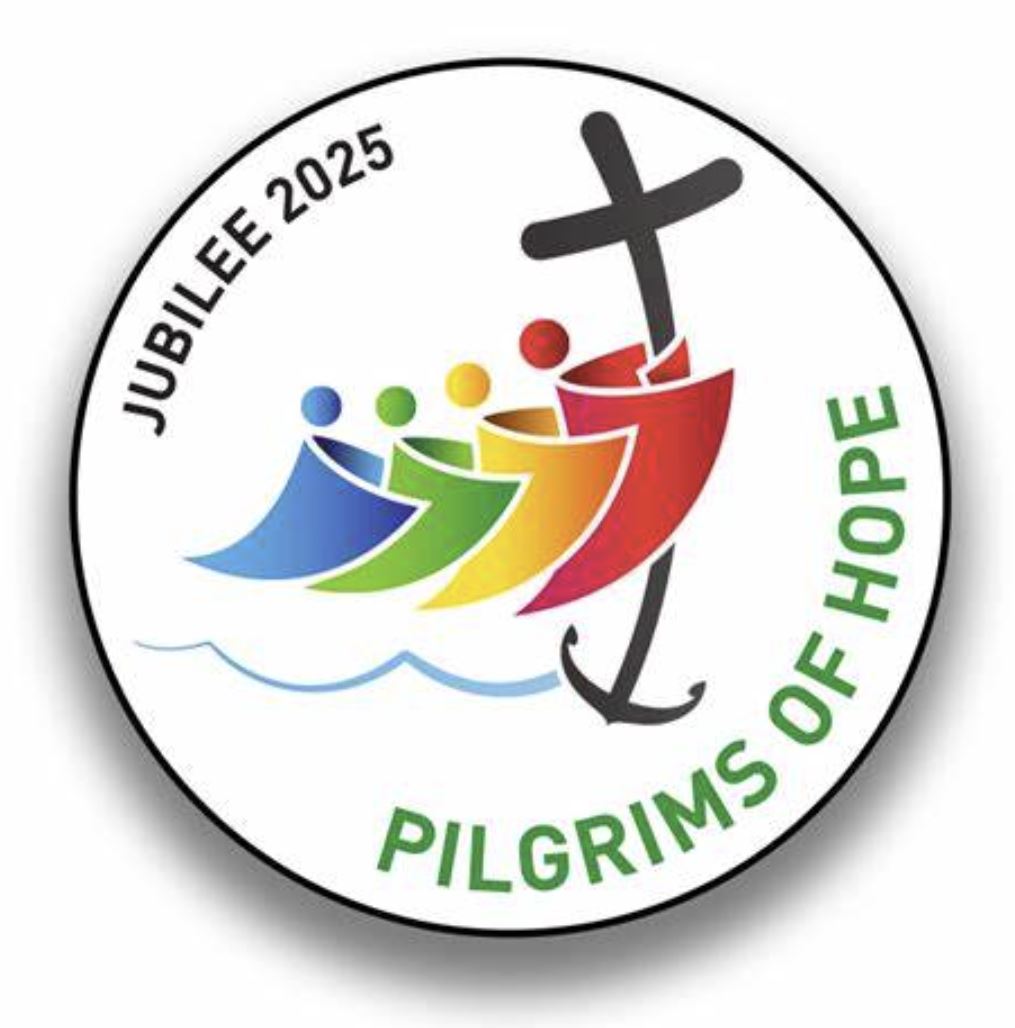
A key papal adviser on Jubilee 2025 says he would welcome Australian dioceses marking the year in a variety of ways.
Archbishop Rino Fisichella also had the global picture in mind when he revealed to a group of media professionals in Rome that the World Bank had offered to hold talks with the Vatican about ways in which debt in some of the poorest countries could be forgiven in 2025.
Archbishop Fisichella, the Pro-Prefect for the Dicastery for Evangelisation, addressed the Church Up Close seminar at the Pontifical University of the Holy Cross this week.
He said since its first edition in the year 1300, the Jubilee has been a unique opportunity to strengthen Christian faith.
It was initially commissioned as a one-in-100 year event, then became every 50 years and since 1475 has been every 25 years.
The key features of the Holy Year will be a calendar of 35 “great events” and the opening of the Holy Door by Pope Francis to officially mark the start of the year.
Pilgrims to Rome will be able to enter the holy doors of a small number of Roman basilicas, recalling the passage from John 10.9: “I am the gate. Whoever enters through me will be saved, and will come in and go out and find pasture.”
Archbishop Fisichella said only the papal major basilicas in Rome could be considered holy doors, not cathedrals in other countries.
The earliest holy door was believed to be that of the Basilica of St John Lateran, the Cathedral of the Bishop of Rome.
Another feature of the Jubilee will be the granting of “indulgences”.
Archbishop Fisichella described indulgences as providing mercy, pardon and forgiveness, but going beyond the normal understanding of reconciliation.
He likened it to a precious jewel-encrusted box which a child accidentally drops and it smashes into thousands of pieces.
The parents forgive the child, but the pieces remain scattered over the floor of the house.
“With the indulgence, it all goes away in the mercy of the Lord,” Archbishop Fisichella said.
Asked whether Australian dioceses could contribute to the Jubilee, he said each bishop had received information about the Jubilee.
They could consider using the various jubilee “great events” as opportunities to engage especially with young people and the poor.
“It would be beautiful for each diocese to celebrate in different forms – that the Jubilee could be symbolically celebrated,” he said.
The theme of the Jubilee is “Pilgrims of Hope”.
The archbishop said the theme had been chosen because “hope is necessary for life”.
While breakthroughs in science and technology gave hope for people suffering serious illness, and there were other forms of hope for the future, Catholics should “cross from the plurality of hope to the unique hope” found in Jesus Christ.

He explained the symbol in the Jubilee logo was inspired by epigrams found in Roman catacombs which combined the anchor and the cross – a sign of “certitude and stability”.
Pilgrims, he said, were not simply travellers but had a clear direction and goal.
The Latin phrase used for the slogan is “Peregrinantes in spem”, which Archbishop Fisichella explained meant a “dynamic walking into hope”.
The official website can be found at www.iubilaeum2025.va
Other resources can be found here.
Archbishop Fisichella has published a book on the theme of hope, which is available here. It is currently only available in Italian.
(Author Paul Osborne is attending the Church Up Close seminar with the support of the Australian Catholic Bishops Conference and the Pontifical University of the Holy Cross.)
